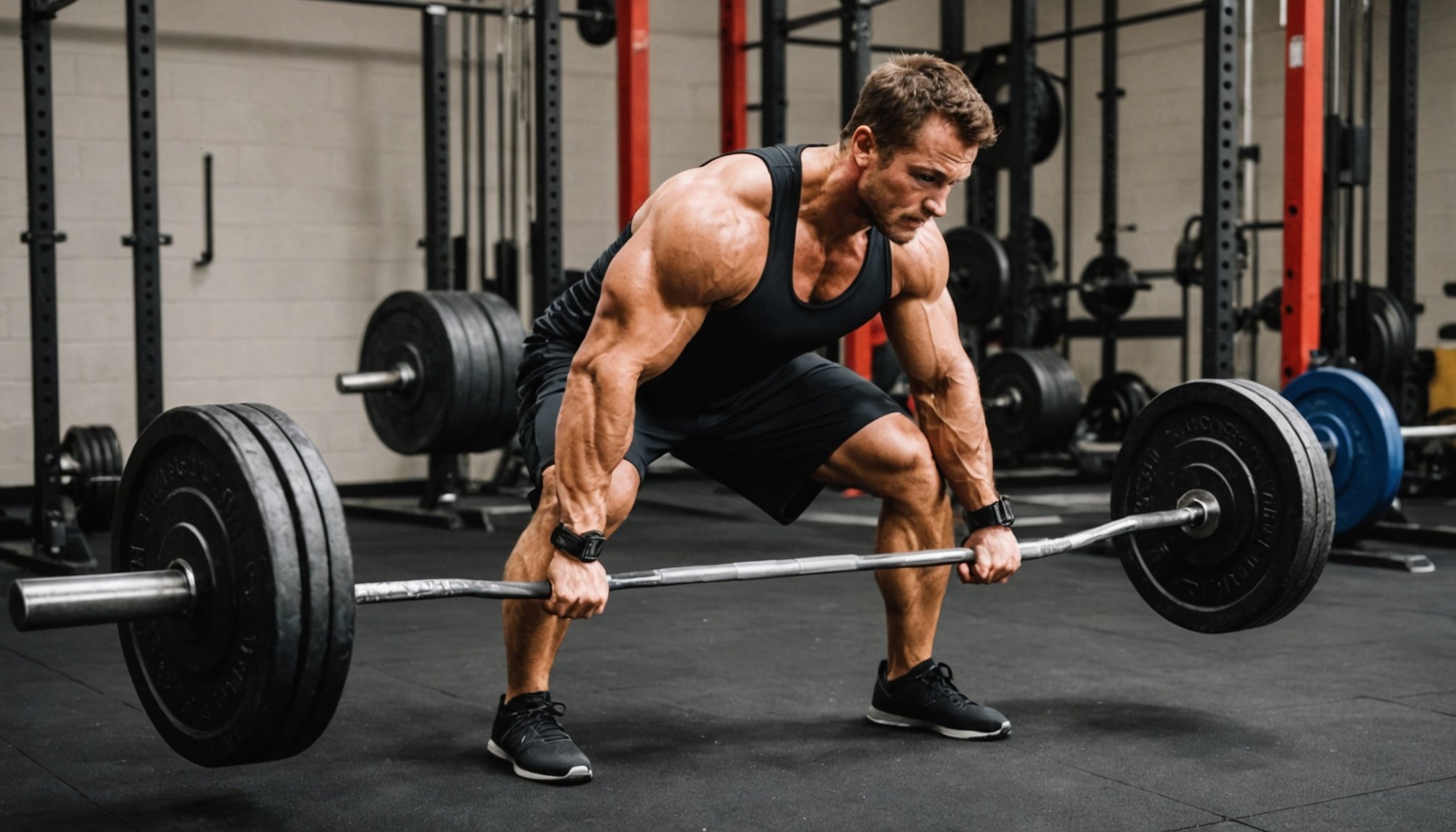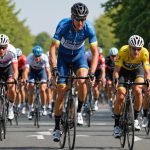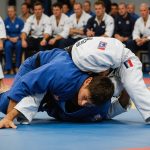Recovery is a crucial component of any workout regimen. When you’re pushing your body to its limits, particularly through high-intensity lifting sessions, it’s vital to take the time to repair and rebuild your muscles. The focus should not be solely on exercise and training but also on recovery and healing. Here, we delve into the various effective techniques that can help accelerate your muscle recovery after a strenuous workout. We’ll discuss the importance of hydration, nutrition, sleep, active recovery, and therapeutic methods such as massage and compression.
Hydration: Replenish Your Body with Water
Water plays an indispensable role in maintaining the health of your muscles. When you exercise, you lose fluids through sweat, and this can lead to dehydration if not addressed. Dehydration can increase muscle soreness, hinder performance, and prolong recovery time. Thus, it’s essential to replenish your body’s water supplies before, during, and after a workout.
Also read : Which supplements are essential for a beginner in bodybuilding?
Drinking water aids in regulating body temperature, lubricating joints, transporting nutrients to give you energy, and keeping your body active. The color of your urine can be a good indicator of your hydration status. Aim for a light, straw-like color to ensure you’re properly hydrated.
Moreover, drinking water mixed with electrolytes can be beneficial after intense training sessions. Electrolytes like sodium and potassium help in maintaining fluid balance, reducing fatigue, and preventing muscle cramps.
Also to discover : What are the implications of steroid use in professional bodybuilding?
Nutrition: Fueling Muscle Recovery with Protein
Post-workout nutrition is primordial for muscle recovery. Eating a balanced meal with an emphasis on protein can significantly aid in repairing and building muscles after a workout.
Protein is the building block of muscles. It contains amino acids, which are essential for muscle growth and repair. Consuming a high-protein meal or shake after your workout can help in reducing muscle soreness and improving muscle protein synthesis.
In addition to protein, consuming carbohydrates post-workout is also beneficial. Carbs replenish the muscle glycogen that has been depleted during your workout. Consuming a combination of protein and carbs post-workout can thus enhance recovery and muscle growth.
Rest and Recovery: The Role of Sleep in Muscle Regeneration
Sleep is a powerful recovery tool that is often overlooked in fitness regimes. It is during sleep that the body goes into overdrive to repair damaged tissues and cells, reduce inflammation, and restore energy levels.
The quality and length of your sleep can significantly impact muscle recovery. Aim for 7-9 hours of sleep per night to give your body ample time to repair and grow. A lack of sleep can result in increased fatigue, poor performance, and a slower recovery process.
In addition to getting enough sleep, it’s also crucial to pay attention to sleep quality. This means creating a sleep-friendly environment, reducing exposure to blue light in the evening, and establishing a consistent sleep schedule.
Active Recovery: Keep Your Body in Motion
Active recovery refers to engaging in low-intensity exercise after a strenuous workout. This helps keep the blood flowing, reducing muscle stiffness and soreness, and promoting faster recovery. Activities such as walking, cycling, swimming, or yoga can be ideal for active recovery.
Active recovery can assist in reducing lactic acid build-up, which is often responsible for muscle soreness. It can also aid in maintaining flexibility and mobility, which can be compromised after an intense lifting session.
Remember to listen to your body during active recovery. The goal is not to add more stress to the body but rather to facilitate recovery.
Therapeutic Recovery: Massage and Compression
Therapeutic recovery techniques such as massage and compression can be effective in reducing muscle inflammation and soreness after a workout.
Massage can help in increasing blood flow, reducing muscle tension, and enhancing flexibility. It’s advisable to get a professional massage, but self-massage or foam rolling can also be beneficial.
Compression garments, on the other hand, can help in reducing muscle swelling and fatigue. They work by enhancing blood circulation, thus promoting faster recovery. Compression socks, sleeves, or shorts can be worn after a workout to assist in muscle recovery.
Remember, recovery is not a one-size-fits-all process. What works for one person may not necessarily work for another. Experiment with different recovery techniques to find what works best for you. After all, an effective recovery process is integral to achieving your fitness goals.
Cold Water Immersion: A Cool Approach to Recovery
Post-workout, many athletes turn to a technique known as cold water immersion (CWI) for rapid muscle recovery. This method involves submerging your body, or a part of it, in cold water after a high-intensity workout. The theory behind CWI is that the cold temperatures constrict the blood vessels, reducing blood flow and hence inflammation and swelling. Once you’re out of the cold water, your blood vessels dilate, and fresh blood rushes in, bringing with it nutrients that aid in muscle repair.
A meta-analysis of numerous studies indicates that CWI can be beneficial in managing muscle soreness after exercise. However, it’s essential to be aware that the optimal temperature and immersion duration can vary and may require some experimentation. A good guideline is to start with water around 50-59 degrees Fahrenheit (10-15 degrees Celsius) and immerse for 10-20 minutes.
While this technique may not be for everyone, it’s worth a try if you’re seeking new ways to speed up your muscle recovery. Don’t forget to consult with a healthcare provider or a medically reviewed source to ensure this method is safe for you.
Progressive Muscle Relaxation: Easing Muscle Tension
Progressive muscle relaxation (PMR) is another effective recovery technique that can be performed after a high-intensity lifting session. This technique involves tensing specific muscle groups and then releasing them, which can help reduce muscle tension and promote relaxation.
To perform PMR, start by taking a few deep breaths. Then, beginning with your toes and working your way up to your head, tense each muscle group for about five seconds before releasing. As you release your muscles, you should feel a sense of relaxation and relief from muscle tightness.
Studies have shown that PMR can lead to a decrease in heart rate, blood pressure, and levels of cortisol, a hormone that your body produces when it’s under stress. This relaxation technique not only aids in muscle recovery but also promotes better sleep and reduces anxiety and stress levels.
The beauty of PMR is its simplicity. It doesn’t require any special equipment, and it can be done anywhere. All it needs is a quiet environment where you can focus on your body without distractions.
Conclusion: The Power of Recovery
Whether you’re a professional athlete or a fitness enthusiast, it’s essential to understand that recovery is just as important as the workout itself. Implementing effective recovery techniques into your routine can make a significant difference in your performance and overall fitness journey.
From hydration and nutrition to active recovery and therapeutic methods like massage and compression garments, each recovery technique plays a crucial role in reducing muscle damage and enhancing muscle growth. More experimental approaches like cold water immersion and progressive muscle relaxation have also shown promising results in aiding recovery.
Remember, everyone’s body responds differently to various recovery methods. It may take some time to find what works best for you. Once you do, you’ll unlock the full potential of your workouts and get one step closer to reaching your fitness goals.
Lastly, always remember the golden rule of fitness – listen to your body. It’s the best indicator of what you need. Whether it’s more rest, a change in your diet, or a new recovery technique, your body will let you know. After all, fitness is not just about the destination, but also about the journey. And ensuring a proper recovery is an integral part of that journey.











